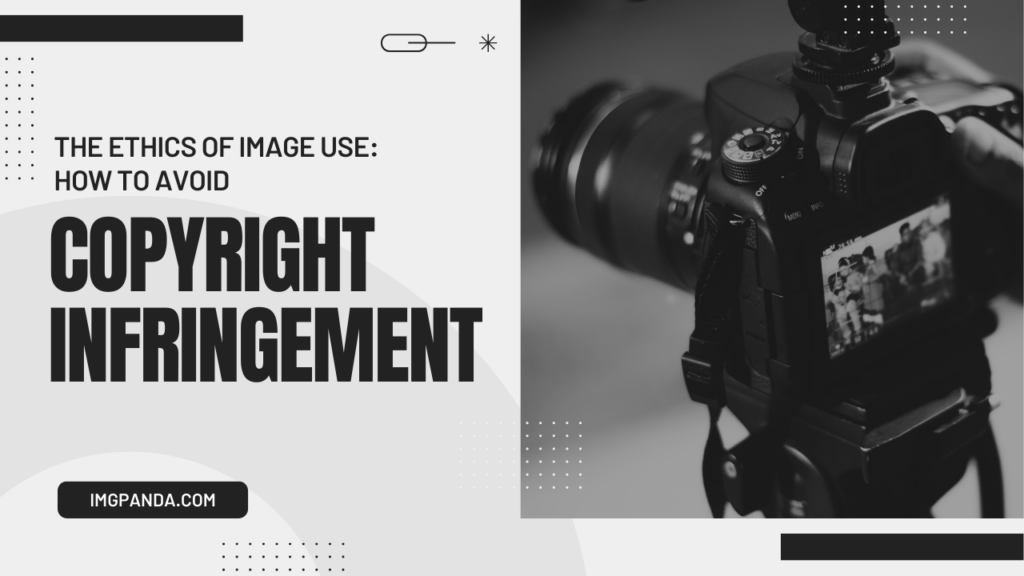Introduction:
In the age of digital media and content sharing, navigating the ethical landscape of image use is a paramount concern for individuals and businesses alike. As the internet becomes an increasingly integral part of our lives, the importance of respecting copyright and intellectual property rights cannot be overstated.
In this blog post, we embark on a journey to explore the ethical nuances of image use and delve into the strategies and practices that can help you avoid copyright infringement. Whether you're a blogger, marketer, or simply an internet user, understanding these principles is essential for maintaining ethical integrity in the digital age and safeguarding yourself from legal complications.
Also Read This: Acknowledging a 123RF Image: What You Need to Know
Create your own images:
Creating your own images is a great way to ensure that you're not infringing on someone else's copyright. Here are some tips for creating your own images:
- Photography: Take your own photographs with a camera or smartphone. Experiment with lighting, angles, and composition to create unique and compelling images.
- Graphic Design: Use software like Adobe Illustrator or Canvas to create original graphics. These tools allow you to create vector graphics that can be scaled to any size without losing quality.
- Drawing: Draw your own images using traditional mediums like pencils or paint, or use digital tools like a drawing tablet and software like Adobe Photoshop or Procreate.
- Collage: Create collages using images that you've taken or found online. Be sure to get permission to use any images that are not your own.
By creating your own images, you have full control over the content and can be confident that you're not infringing on anyone else's copyright.
[caption id="attachment_193243" align="alignnone" width="1136"]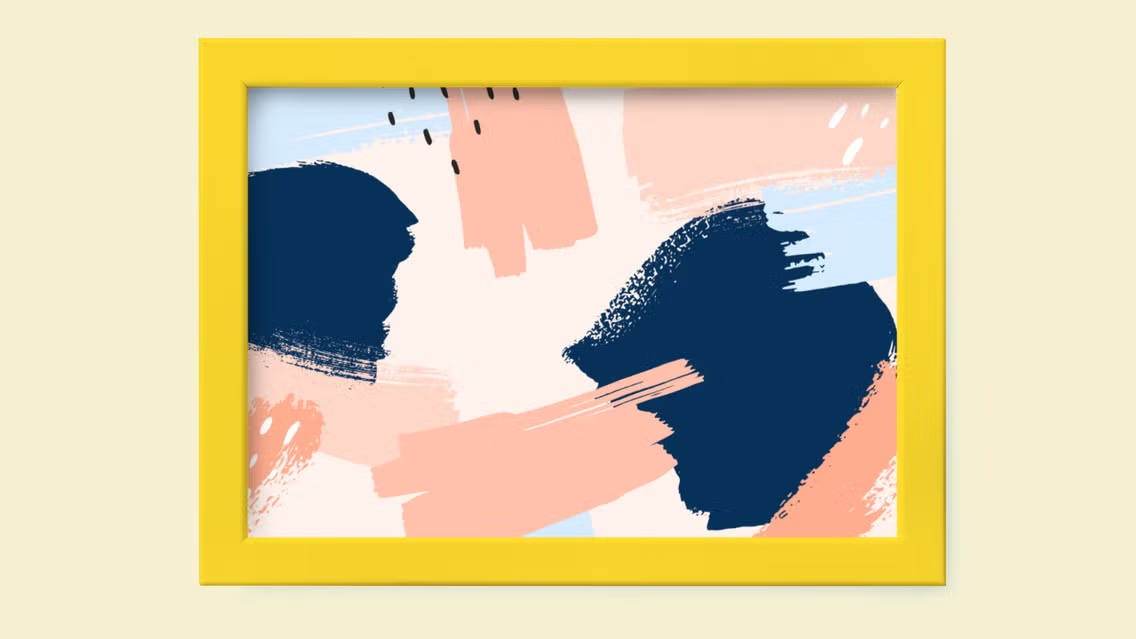 Create your own images[/caption]
Create your own images[/caption]
Also Read This: Flaticon Free Trial: Test-Driving Icon Brilliance
Use images that are in the public domain:
Using images that are in the public domain is a great way to avoid copyright infringement. Here are some tips for finding public domain images:
- Search engines: Many search engines, such as Google, have a filter that allows you to search for images that are in the public domain. To use this filter, go to the advanced search settings and select the option to only show images that are labeled for reuse.
- Public domain image websites: There are many websites that offer public domain images for free. Some popular options include Unsplash, Pickaway, and Pixels.
- Government websites: Many governments make images available in the public domain. Check the websites of government agencies such as NASA, the Library of Congress, or the National Archives to find public domain images.
- Historical archives: Historical archives such as the New York Public Library Digital Collection or the British Library Flickr collection contain a vast collection of public domain images.
When using public domain images, be sure to check the terms and conditions for any restrictions on use or attribution requirements.
[caption id="attachment_193244" align="alignnone" width="1251"]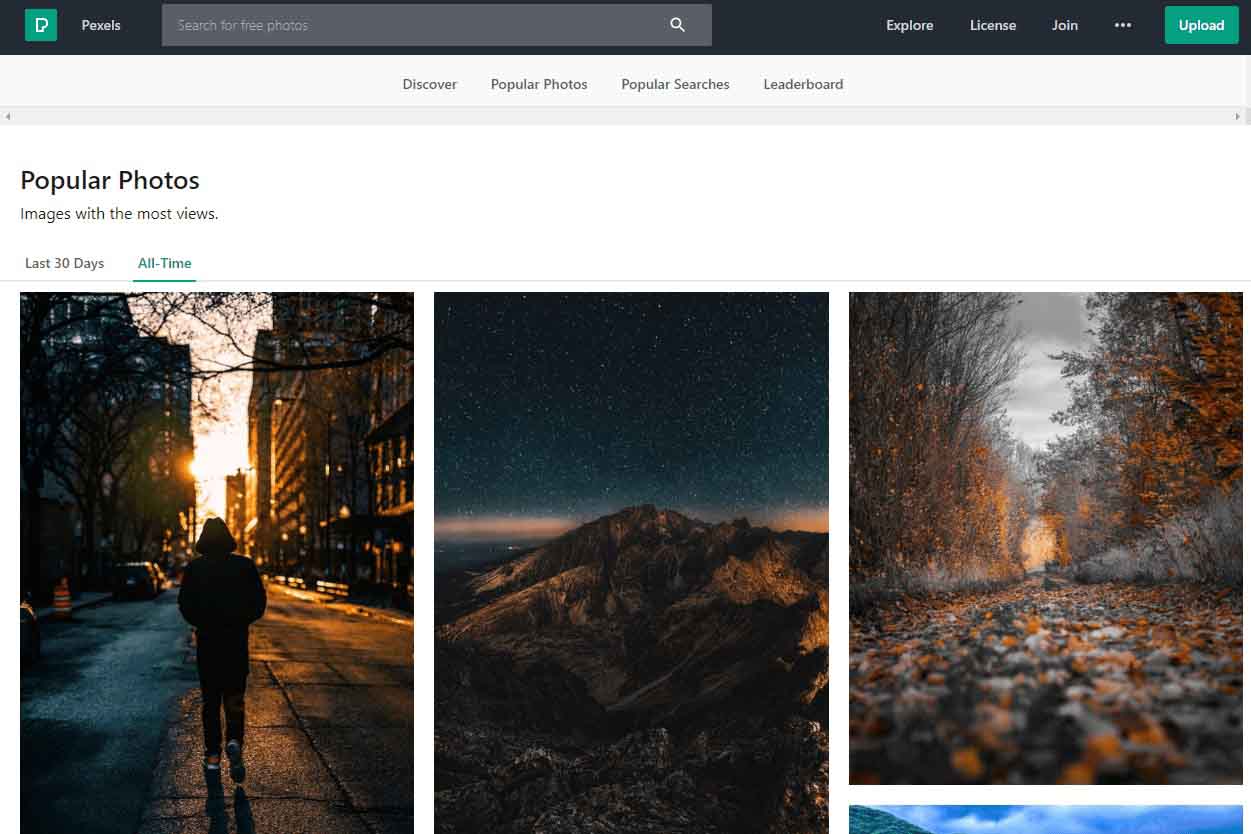 Use images that are in the public domain[/caption]
Use images that are in the public domain[/caption]
Also Read This: Shop with Confidence: A Step-by-Step Shopify Guide
Use public domain images:
Public domain images are free to use because their copyright has expired or they were created by the government. You can use public domain images for personal or commercial purposes without having to ask for permission or pay a licensing fee. Here are some websites where you can find public domain images:
- Wikimedia Commons: This is a vast collection of public domain images, including photos, illustrations, and maps. You can search by keyword or browse by category.
- Library of Congress: The Library of Congress has a large collection of public domain images, including historical photos, maps, and manuscripts. You can search their website by keyword or browse by collection.
- NASA Image and Video Library: NASA makes their images and videos available to the public domain, including photos of space, planets, and astronauts.
- Pixabay: Pixabay offers a wide selection of public domain images, including photos, illustrations, and vector graphics. You can search by keyword or browse by category.
- Unsplash: Unsplash provides high-quality, royalty-free images that are free to use for personal or commercial purposes. They offer a wide range of images, including landscapes, portraits, and abstract art.
Remember, just because an image is in the public domain doesn't mean that you can use it without giving credit to the original creator. Always check the terms and conditions of the image and give credit where credit is due.
Also Read This: Back in Action: Reactivating Your DeviantArt
Create your own images:
Creating your own images is a great way to avoid copyright infringement and ensure that you have full ownership and control over the content you use. Here are some tips for creating your own images:
- Use a camera or smartphone: You don't need expensive equipment to take great photos. Most smartphones have high-quality cameras that can produce stunning images. Consider investing in a tripod or other accessories to help you get the perfect shot.
- Use graphic design software: If you want to create illustrations or other digital images, consider using graphic design software such as Adobe Photoshop or Illustrator. These tools can help you create professional-looking images even if you don't have a background in art or design.
- Hire a professional photographer or designer: If you're not confident in your own photography or design skills, consider hiring a professional to help you. A professional photographer or designer can help you create high-quality images that are tailored to your specific needs.
- Be creative: Don't be afraid to think outside the box when it comes to creating your own images. Consider using unusual angles, lighting, or other techniques to make your images stand out.
- Experiment with different formats: Images don't have to be limited to photos or illustrations. Consider using other formats such as videos, animations, or infographics to help tell your story and engage your audience.
Remember, when creating your own images, it's important to ensure that you have the legal right to use any elements that you include in your images, such as logos or trademarks. Always give credit where credit is due and be mindful of any potential copyright issues.
[caption id="attachment_193246" align="alignnone" width="1500"]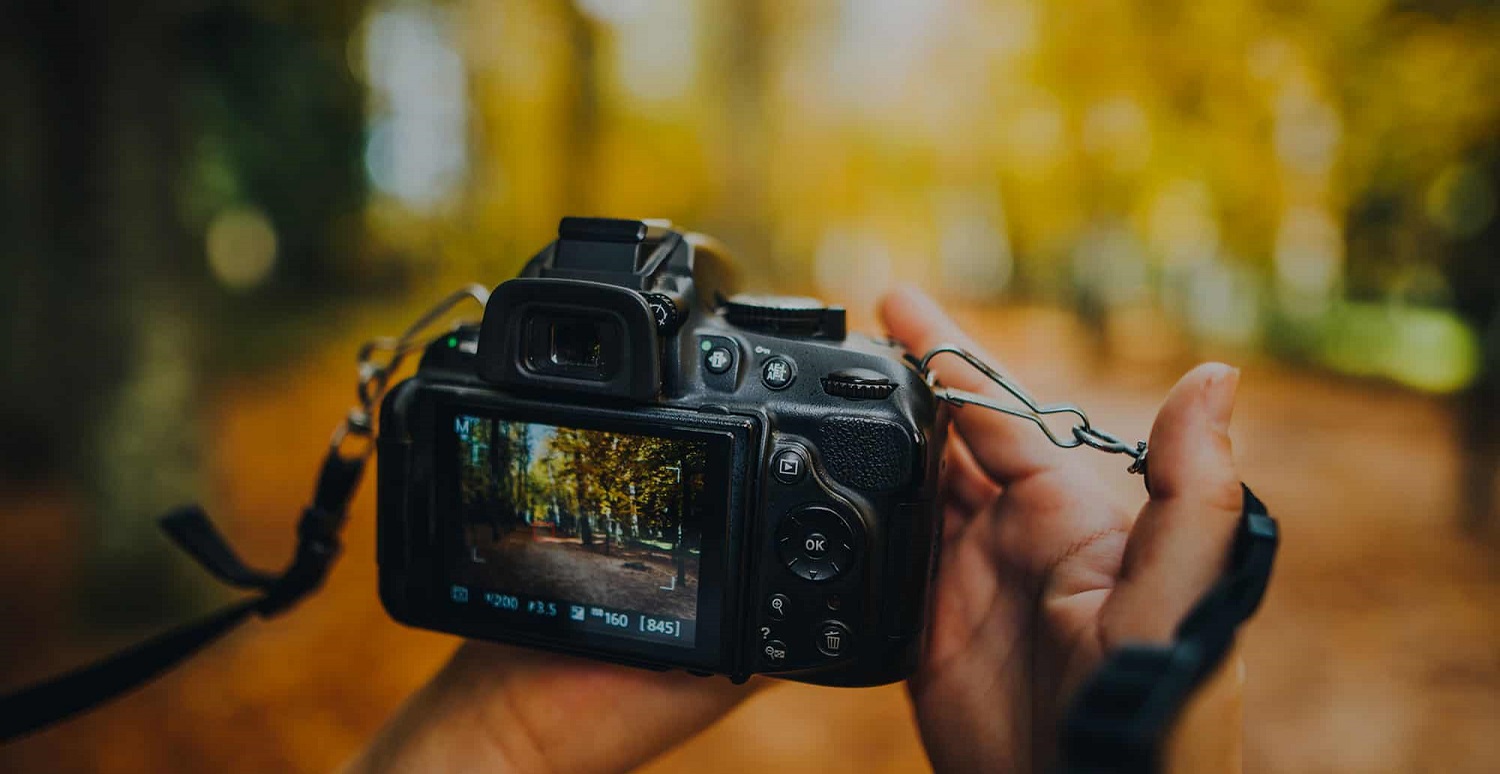 Create your own images:[/caption]
Create your own images:[/caption]
Also Read This: Editing Storyblocks in After Effects: Quick Guide
Use royalty-free images:
Royalty-free images can be a great option if you need high-quality images for your project without the hassle of obtaining permissions or paying licensing fees for every use. Here are some tips for using royalty-free images:
- Use reputable stock photography websites: There are many stock photography websites that offer royalty-free images, but it's important to use reputable sites to ensure that you are getting high-quality images that are properly licensed. Some popular stock photography websites include Shutterstock, iStock, Getty Images, and Adobe Stock.
- Check the licensing terms: Royalty-free images are not free, but rather require a one-time fee for unlimited use. However, each stock photography website has different licensing terms, so it's important to read and understand the terms before using the image. Some licenses may have restrictions on how the image can be used or require attribution.
- Search for specific keywords: Stock photography websites typically have a vast collection of images, so it's important to use specific keywords to narrow down your search and find the right image for your project. Be as specific as possible to ensure that you find the most relevant images.
- Use editing software: Once you have downloaded a royalty-free image, consider using editing software such as Adobe Photoshop or GIMP to customize the image to fit your specific needs. This can include cropping, resizing, or adding text or graphics.
- Be mindful of overuse: Royalty-free images can be used by anyone, which means that they may be used by many other people for different projects. Try to avoid using images that are overused or have become cliché to ensure that your project stands out.
[caption id="attachment_193247" align="alignnone" width="1024"]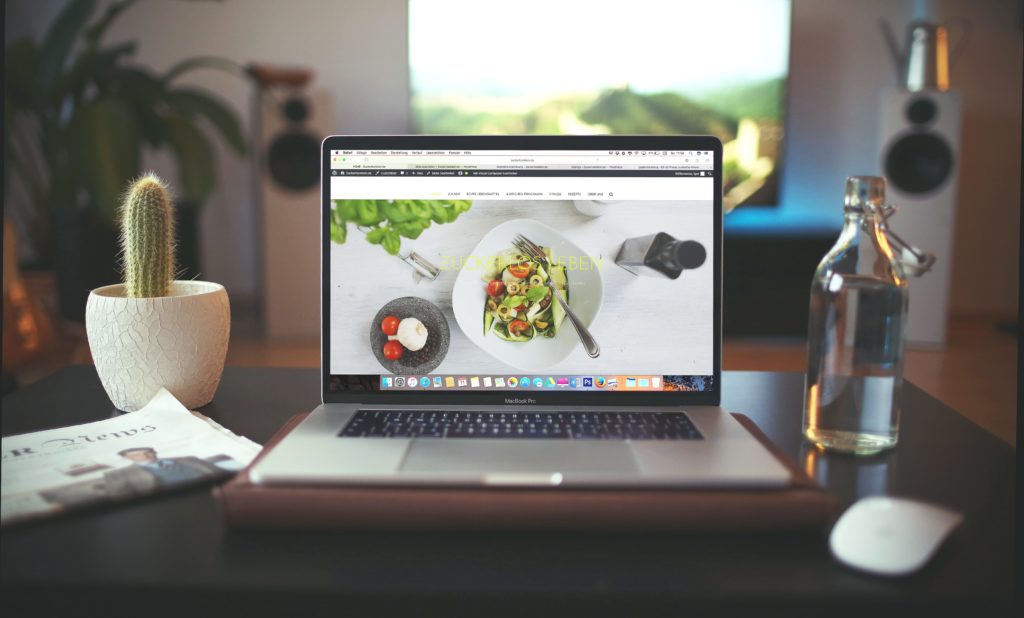 Use royalty-free images[/caption]
Use royalty-free images[/caption]
Also Read This: Can I use iStock photos on YouTube? Understanding the licensing requirements for video content.
Use images with permission:
Using images with permission means that you have obtained the necessary rights and permissions from the owner or creator of the image to use it in your work. This can involve directly contacting the copyright owner and requesting permission to use the image, or purchasing a license to use the image from a stock photography website or other licensing agency. Here's a video guiding you on the lawful use of copyrighted images on the internet.
When requesting permission to use an image, it's important to provide as much information as possible about how the image will be used, including the context and purpose of its use, and the intended audience. The copyright owner may require payment for the use of the image, or may specify certain conditions or restrictions on its use.
Using images with permission can be a good option if you cannot find suitable public domain or Creative Commons-licensed images, or if you require a specific image that is not available through royalty-free sources. However, it's important to ensure that you have obtained the necessary rights and permissions before using the image, to avoid any potential legal issues.
When using an image with permission, it's also important to give proper attribution to the copyright owner or creator, as agreed upon in the licensing agreement. This may involve including a copyright notice, a statement of attribution, or a link to the original source of the image.
Also Read This: The Future of Art: Exploring Artificial Intelligence in Shutterstock
Pros And Cons:
| Approach | Pros | Cons |
|---|---|---|
| Using public domain images | - No need to obtain permission to use images
- Can be used freely and without restriction |
- May not find the exact image you need
- Limited selection of images |
| Using images with a Creative Commons license | - Can be used with permission and without payment
- More flexibility than using public domain images |
- May need to provide attribution to the creator
- Restrictions may apply depending on the license |
| Using images with permission | - Can use specific images that are not available through public domain or Creative Commons
- Can negotiate terms of use with the copyright owner |
- Can be time-consuming to obtain permission
- May require payment or other conditions |
| Using royalty-free images | - Can be used with permission for a one-time fee
- Wide selection of images available |
- May not be as flexible as obtaining permission from the copyright owner
- May not find the exact image you need |
| Creating your own images | - Ensures originality and avoids copyright issues
- Can be tailored to your specific needs |
- Requires skill and equipment to create
- Can be time-consuming |
Keep in mind that the best approach will depend on your specific needs and circumstances. It's important to weigh the pros and cons of each approach and choose the one that works best for you.
"Using images with permission can be a good option if you cannot find suitable public domain or Creative Commons-licensed images, or if you require a specific image that is not available through royalty-free sources. However, it's important to ensure that you have obtained the necessary rights and permissions before using the image, to avoid any potential legal issues."
Also Read This: Deleting Photos from EyeEm: A Quick How-To
Conclusion:
In conclusion, it is important to use images ethically and avoid copyright infringement when using images in any kind of work. This involves being aware of copyright laws and understanding the different ways to obtain images legally, such as using public domain images, Creative Commons-licensed images, images with permission, or royalty-free images. Each approach has its own pros and cons, and the best approach will depend on your specific needs and circumstances. However, it is crucial to always ensure that you have obtained the necessary rights and permissions before using any image to avoid any potential legal issues. By using images ethically and legally, you can avoid copyright infringement and respect the rights of the creators or owners of the images.
FAQs:
What is copyright infringement?
Copyright infringement occurs when someone uses copyrighted material without the permission of the copyright owner, or in a way that exceeds the scope of the license or permission granted by the owner.
What are some examples of copyrighted images?
Examples of copyrighted images can include photographs, illustrations, graphics, and other types of visual works that are protected by copyright law.
What is a public domain image?
A public domain image is an image that is not protected by copyright law and is free to use by anyone, for any purpose, without obtaining permission or paying royalties.
What is a Creative Commons license?
A Creative Commons license is a type of license that allows the creator of a work to give others permission to use, share, and build upon their work, subject to certain conditions and restrictions.
What are royalty-free images?
Royalty-free images are images that can be licensed for use by paying a one-time fee, without the need for ongoing payments or royalties.
How can I avoid copyright infringement when using images?
You can avoid copyright infringement when using images by using public domain images, Creative Commons-licensed images, images with permission, or royalty-free images. It's important to carefully read and understand the licensing agreements and to give proper attribution to the copyright owner or creator.
What are the consequences of copyright infringement?
The consequences of copyright infringement can include legal action, financial penalties, and damage to your reputation and credibility. It's important to take copyright laws seriously and to avoid any potential legal issues.









































